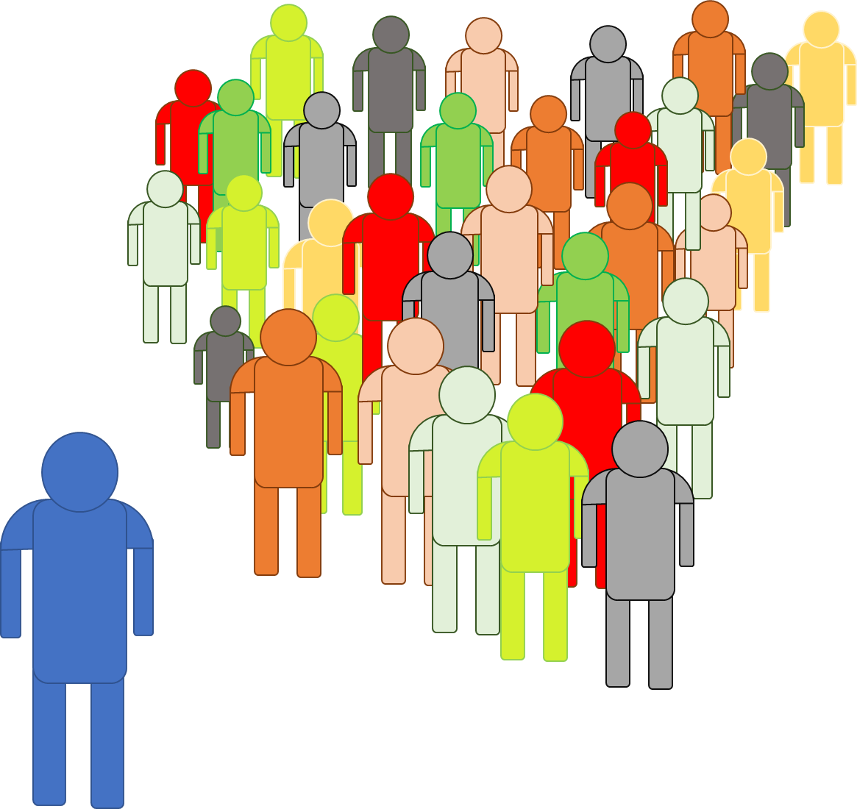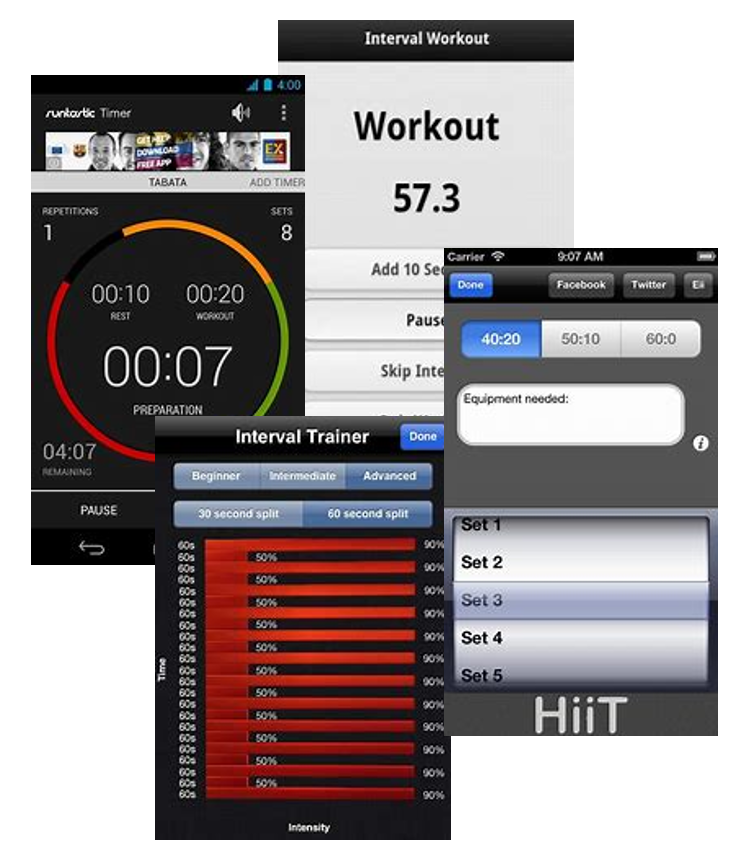Computing on The Shoulders of Wealth
Isaac Newton said in 1675 that “If I have seen further it is by standing on the shoulders of Giants.” This quote, frequently viewed as a landmark philosophical statement about science and knowledge, is rarely, if ever, viewed as a statement of economics. This omission is ironic since the entire enterprise of scientific discovery has been a major engine wealth generation, a fact that often escapes the modern mind, which focuses on the perceived (rather than actual) purity of the pursuit. More importantly, Newton’s sentiment captures how a specialized economy empowers each of its members, although, perhaps, a better way of phrasing it would be “If I have accomplished much it is because I have millions standing behind me.”
In an earlier column (Division of Labor in November of 2016), I talked about how the division of labor in a specialized economy made it impossible for a single person to know how to manufacture the simplest of items: the conventional #2 pencil. The aim of that article was to humble each of us with the complexity of the day-to-day interactions that surround us, especially those of us that favor central planning.
But there is a complementary point-of-view already, alluded to above, that is rather empowering and exhilarating. This viewpoint says that behind each product in an economy stands millions of people who contributed in one way or another. When we pick up even the most modest of things, there is a multitude of people being represented simply by that product’s existence. That when we produce the smallest of things we are leveraging off of an immense knowledge base that we share with each other without really noticing.
To find in a case in point, look no further than our own cell phones and the apps that inhabit them.
I recently discovered the benefits of interval training, a physical exercise routine where one engages in high intensity exercise for a short time span followed by a short rest period and then the resumption of the activity. The articles I read on this approach talked about how to transition from traditional cardiovascular routines, the numerous benefits, the number of repetitions, and so on. None of them talked about the practical concerns of implementing such a routine, such as how to time the interval, and how not to lose count.
So being a do-it-yourself kind of person, I considered two immediate thoughts: 1) how hard could it be to code up an interval timer and 2) this would be a great project that would finally force me to learn how to code up an Android app. As I continue to mull these two thoughts over, I began develop a plan. I thought about the calls to the system clock to get the time, the sound effects needed to key the timer since one is usually engaged in the exercise and unable to look at the clock, and other related notions. The plan to create this app involved all sorts of components and tools and approaches that millions of people had contributed to the economy as a whole and I reflected on the technological might each us taps into. Not just the power associated with running a gadget – which all of us enjoy when we operate a car, a computer, a high-def TV, and related gear – but also the might associated with creating a new gadget out of existing ones.
As my thoughts continued along the ‘I can make a new shiny’ path, the more pragmatic side of my mind quipped into the conversation I was having with myself, with an innocent but insistent little point to check to see if someone else had already developed and supplied an app that fit the bill. Of course, the answer was yes and several fine apps presented themselves after what a simple and cursory search.
The level of sophistication varied from app to app. Some were bare-bones in their functionality, some had an immense number of bells and whistles. But regardless of how they stacked up against each other, each app reflected a countless number of human hours spent researching, experimenting, developing, and refining how we interact with the world.
I’m not just referring to the computer resources used to develop the look-and-feel, the modules used to access the clock to mark when the interval begins and ends, or the functions used to produce the sounds that signal the exerciser when to start and stop. I’m also talking about the engineers who designed the phone, the communications people who developed the protocol for the phone to talk to the wi-fi, the metallurgists who figured out refine the metals, the geologists who figured where to find them. I’m talking about the business men who figured out how to marshal the capital needed to fund the research and development, the financiers who supplied the money, the accountants who tracked it all.
So, every time we use any tool, technique, or technology, there are literally millions of our fellow beings standing behind us, supporting us in our every move – very much inspiring isn’t it?


